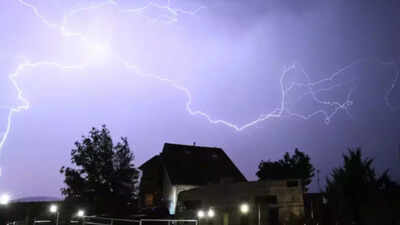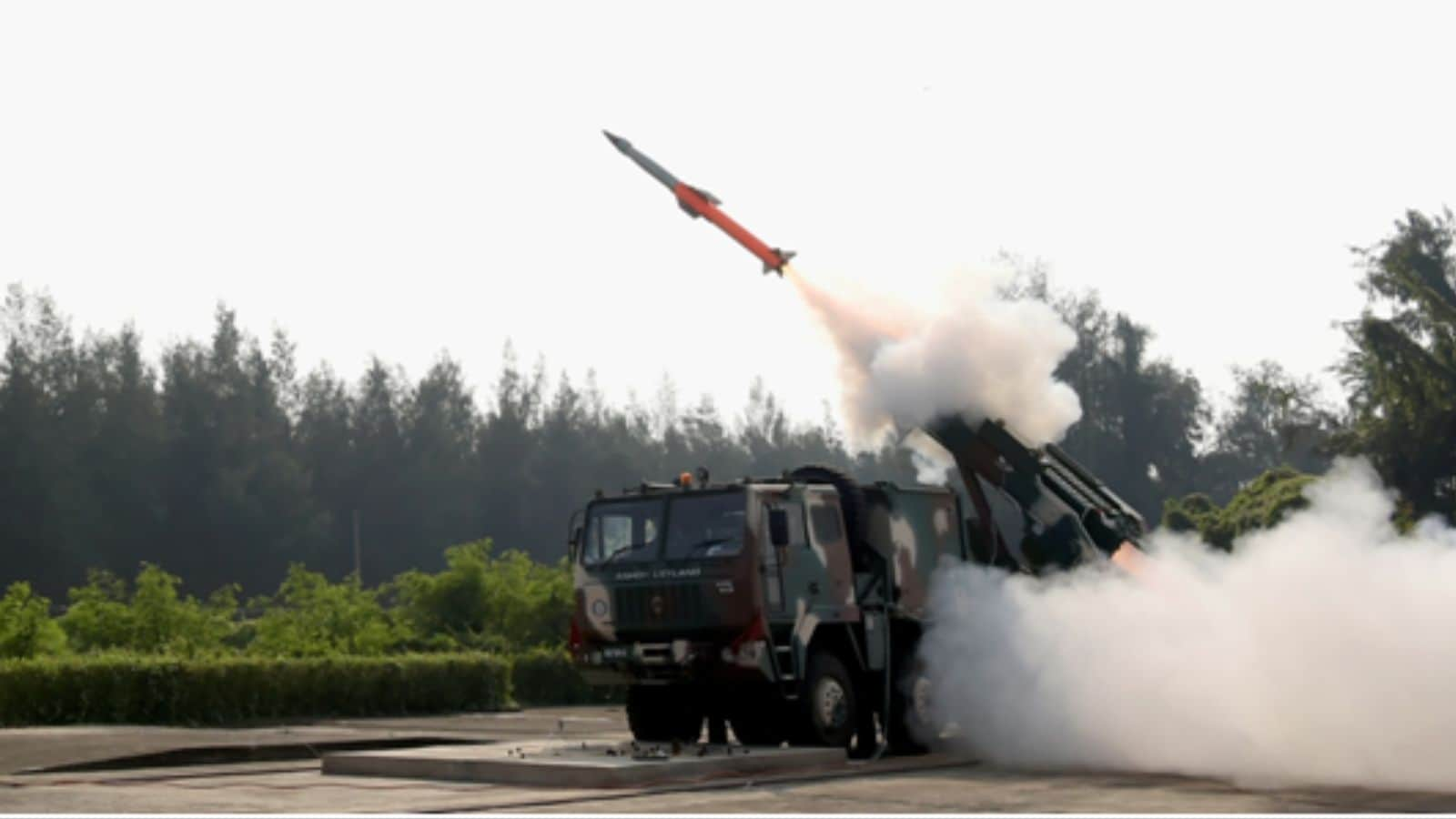ARTICLE AD BOX

An extraordinary natural event has stunned scientists and meteorologists worldwide—a record-breaking lightning megaflash stretching 829 kilometres across the skies of the United States.
This phenomenon, confirmed by the World Meteorological Organization (WMO), occurred on October 22, 2017, during a powerful thunderstorm between Texas and Kansas City. For perspective, this lightning strike covered a distance greater than Delhi to Bhopal, making it one of the most astonishing examples of nature’s power. The discovery came to light after advanced satellite data analysis revealed that extreme lightning events can occur beyond traditional expectations, highlighting the importance of monitoring and studying them.
World’s longest lightning Megaflash at 829 km recorded; WMO confirms
The WMO officially recognised this lightning strike as the longest ever recorded, breaking the previous 768-kilometre record from April 2020 between Mississippi and Texas. The measurement carries a small ±8 km error margin, but it still marks a groundbreaking achievement in atmospheric science. This record shows how lightning can travel far beyond storm cores, highlighting its ability to extend across massive weather systems.
This record-setting megaflash happened during a supercell thunderstorm, one of the most intense storm types capable of producing extreme lightning. Unlike typical cloud-to-ground lightning strikes, megaflashes travel horizontally through clouds, sometimes lasting several seconds and covering hundreds of kilometres. Such events are often called “Bolts from the Blue” because they can strike far from where the storm visually appears, posing unexpected danger to people and infrastructure.
Why are megaflashes dangerous
According to the WMO, megaflashes can be deadly and highly unpredictable especially in regions where people are unprepared for long-range lightning strikes. They can cause damage to power grids, spark wildfires, or even injure or kill people caught outdoors. To reduce risks, meteorologists are working to integrate lightning detection into the Advanced Weather Warning System by 2027, aiming to deliver faster alerts to remote and vulnerable areas.Other lightning world recordsThe megaflash is just one among several extreme lightning records:
- Longest lightning duration: 17.1 seconds over Uruguay and Argentina (June 2020)
- Most indirect lightning deaths: 469 fatalities in Dronka, Egypt (1994), caused by lightning striking oil storage tanks
- Most deaths from a single strike: 21 fatalities in Zimbabwe (1975), when lightning hit a single hut
Role of satellite technology in lightning research
The ability to detect megaflashes is relatively recent, thanks to satellite-based lightning mapping technology introduced in 2016. Before this, lightning records relied on ground-based sensors with limited coverage. With satellites, scientists now capture extreme weather events more accurately, leading to new insights into lightning behaviour. Michael Peterson from the US Severe Storms Research Centre notes that as data collection improves, more extreme lightning phenomena are expected to be recorded, helping to advance our understanding of storm dynamics and improve public safety.Also Read | Top 10 most powerful earthquakes in the world: Kamchatka Quake joins history’s deadliest list



.png)
.png)
.png)
















 15 hours ago
5
15 hours ago
5









 English (US) ·
English (US) ·